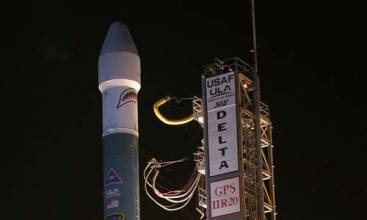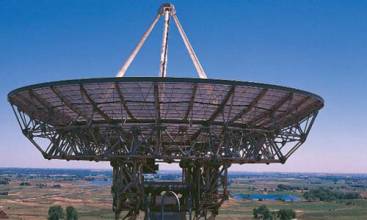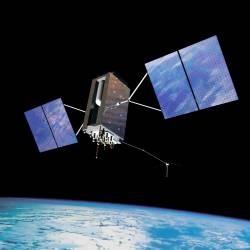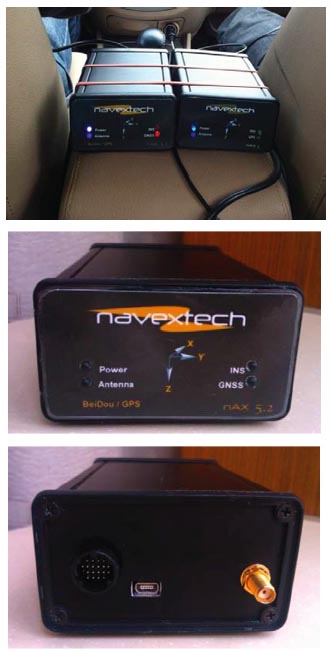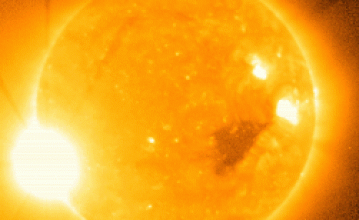GAO Report on GPS Satellite Constellation Status: The Pushback
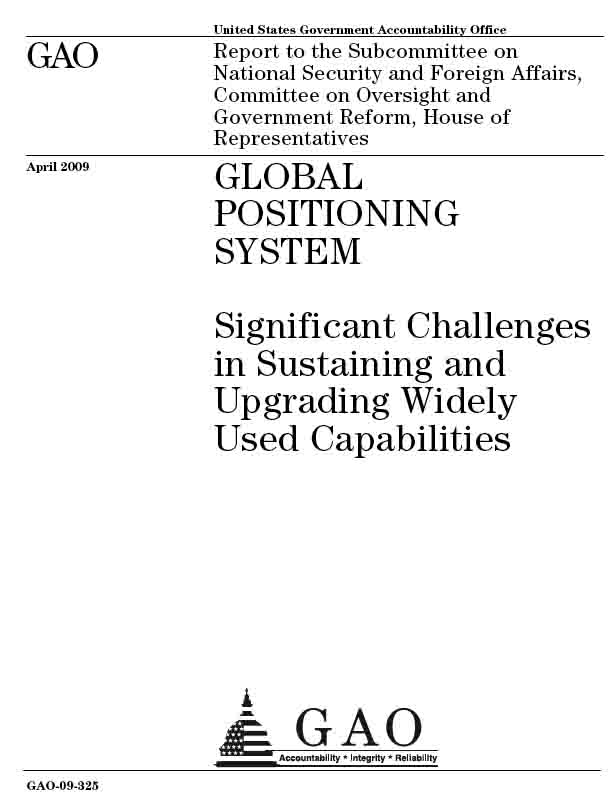
Two weeks after a Government Accountability Office (GAO) report warned of potential gaps in the GPS satellite constellation, reassurances from Department of Defense (DoD), U.S. Air Force, GPS program officials, and industry are slowly restoring calm to an anxious public.
Coupled with a May 7 congressional hearing (and subsequent media coverage) that fanned the flames, the report described scenarios — for instance a two-year setback in launching the first GPS III spacecraft — that could lead to deterioration in the quality of GPS service due to delays in building new generations of satellites and past program management problems. The news coverage drew primarily on the GAO report and prepared statements presented at the hearing and not on the much more interesting dialog with subcommittee members captured on video or on the assumptions and methodology underlying the constellation analysis.
By Inside GNSS
